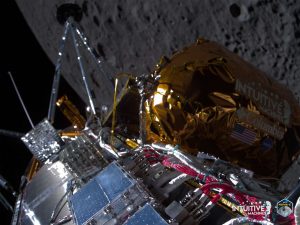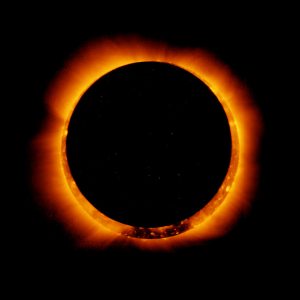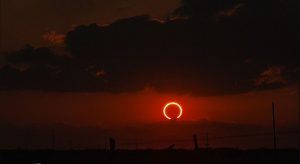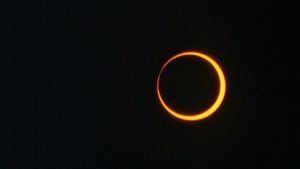Discovered by scientists in ESO, ‘SPT0418–47’ is an ancient galaxy located in the outskirts of the observable universe. This newly found ‘unchaotic’ family of stars looks much like the Milky Way— and that is what makes it ‘quite puzzling’ for scientists— as galaxies from the early Universe are supposed to be turbulent and unstable.
Also Read | Scientists detect mystery radio signal from space that repeats once in 157 days
According to scientists, SPT0418-47 shouldn’t be so well-ordered and mature-looking as it is way too young. “What we found was quite puzzling,” Simona Vegetti of Max Planck Institute for Astrophysics said. She also says that this has important implications for how we think galaxies evolve.
“SPT0418-47 represents a breakthrough in the field of galaxy formation, showing that the structures that we observe in nearby spiral galaxies and in our Milky Way were already in place 12 billion years ago,” Francesca Rizzo, who assisted Simona in the study.
Formed just 1.4 billion years after the Big Bang, the galaxy is located 12 billion light-years away from the Earth. The galaxy was first spotted by the Atacama Large Millimeter Array (ALMA), a group of 66 radio telescopes in the Atacama Desert of northern Chile.
Also Read | In a cosmic first, Astronomers detect a giant planet orbiting a dead star
The galaxy has at least two features typical of Milky Way: a rotating disc and a bulge, that means a large group of stars are packed tightly around the galactic centre.
Future studies on the galaxy seek to uncover how typical these ‘baby’ disc galaxies really are and whether they are commonly less chaotic than predicted, opening up new avenues for astronomers to discover how galaxies evolved, ESO said in a statement.






